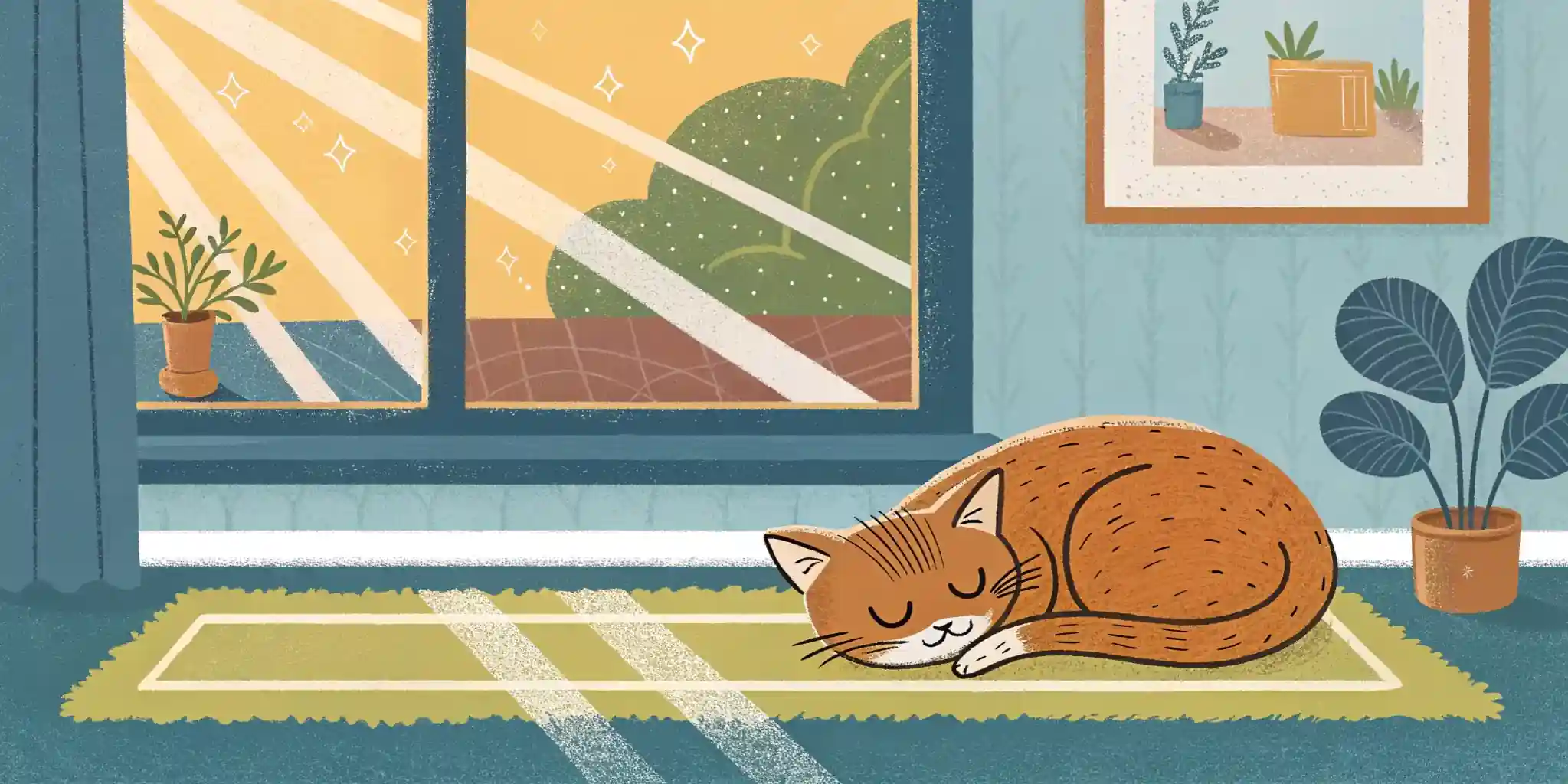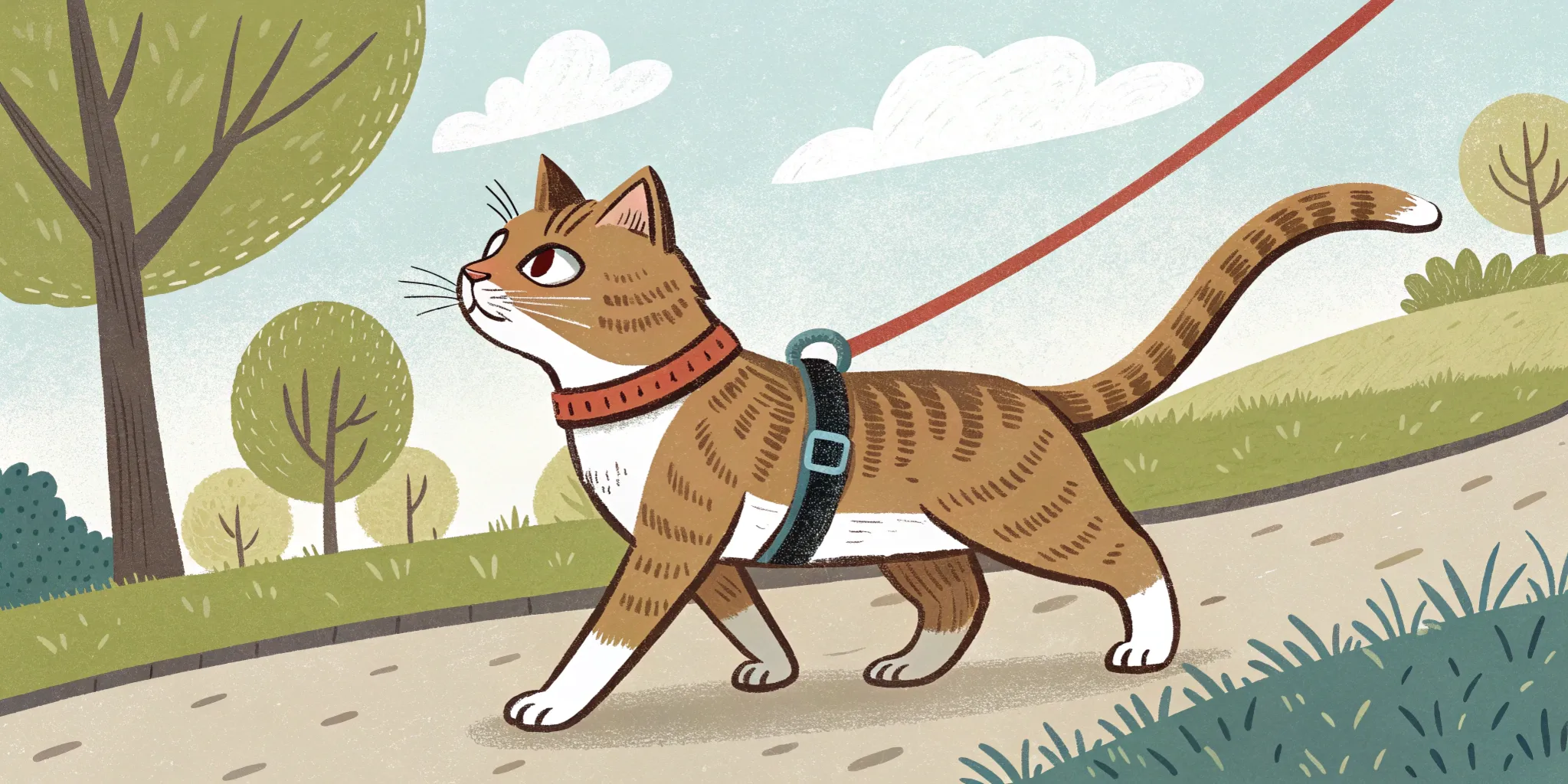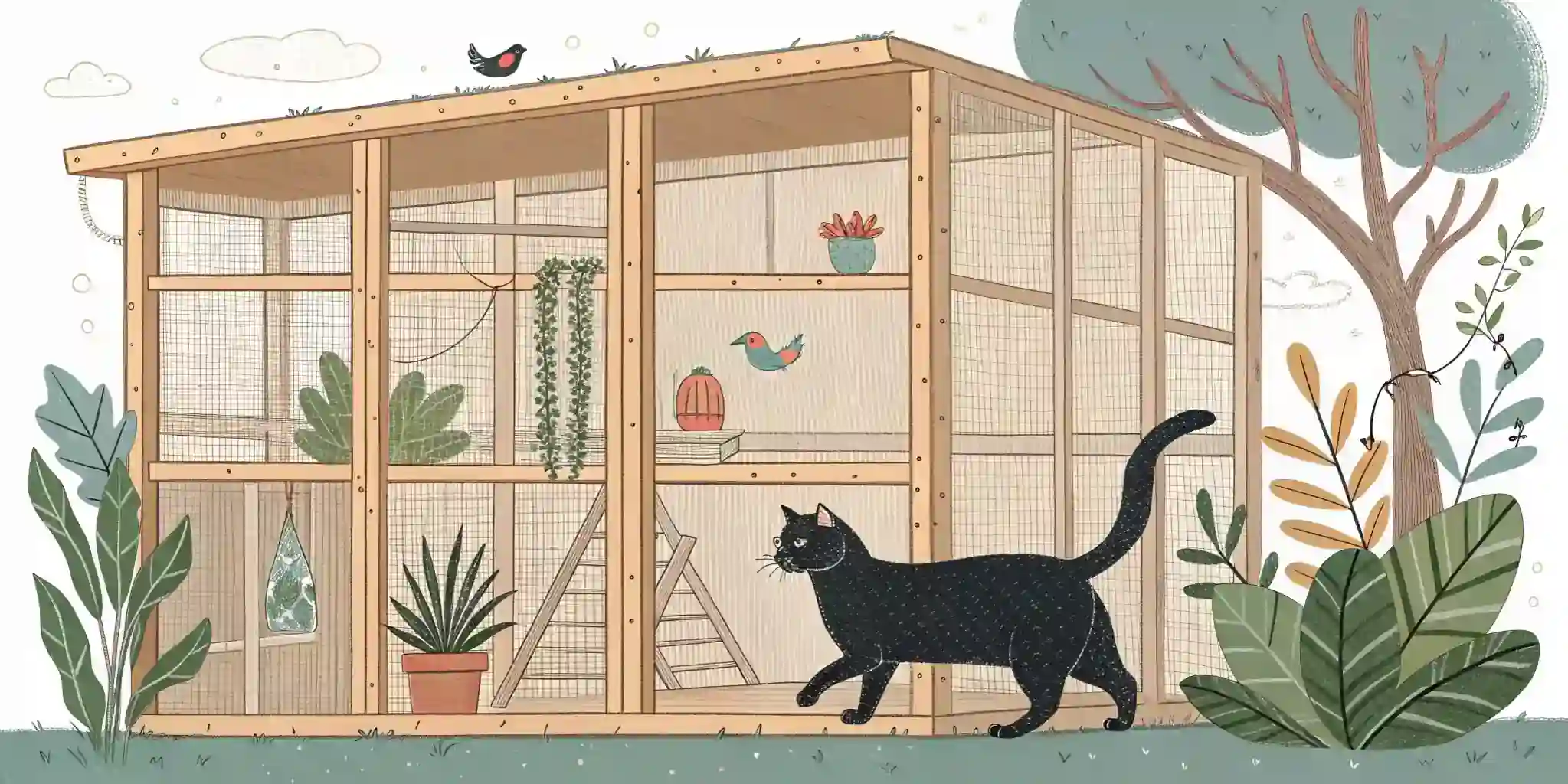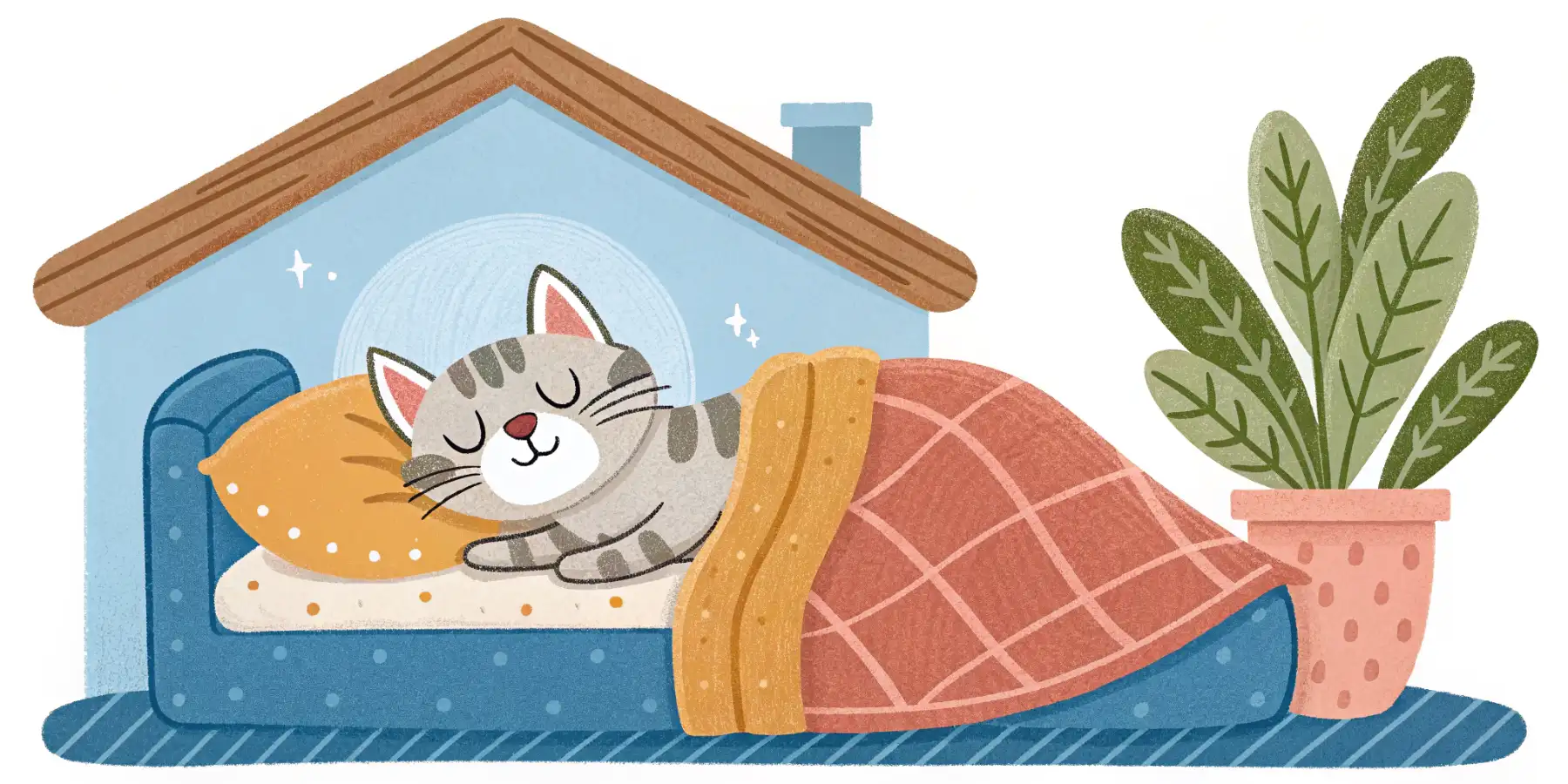
Indoor vs. Outdoor Cats: Which is Best?
Indoor vs. outdoor cats? 🐾 Safety & health risks differ! Learn the best choice for *your* cat's well-being. #catcare #pethealth
Indoor vs. Outdoor Cats: Risks, Benefits, and Safety Considerations
Choosing whether to keep your feline friend indoors or allow them to roam the great outdoors is a decision every cat owner faces. There’s no right or wrong answer, as each option comes with its own set of risks, benefits, and crucial safety considerations. As a veterinary professional with years of experience, I’ve seen firsthand the joys and heartaches associated with both lifestyles. Let’s delve into the pros and cons of indoor vs. outdoor cats to help you make an informed choice for your beloved companion.
The Allure of the Great Outdoors
The image of a cat gracefully stalking through a sun-dappled garden is undeniably appealing. Outdoor cats get to indulge their natural instincts – hunting, exploring, and establishing their territory. This freedom can lead to a more stimulated and potentially less bored cat.
- Mental and Physical Stimulation: Outdoor cats have a vast playground at their disposal. They can chase butterflies, climb trees, and stalk unsuspecting rodents (much to the chagrin of some gardeners!). This constant activity helps keep them physically fit and mentally engaged, which can reduce behavioral problems stemming from boredom.
- Natural Behavior: Allowing a cat to express its natural hunting instincts can be incredibly fulfilling for them. It’s in their DNA! Many outdoor cats, even well-fed ones, derive a sense of purpose from hunting, and for cats with hunting instincts, providing them with opportunities to express this can be very beneficial.

An outdoor cat explores a lush garden, showcasing the freedom and natural stimulation available to them.
The Dangers Lurking Outside
While the allure of the outdoors is strong, it’s crucial to acknowledge the significant risks faced by outdoor cats. The outside world is full of potential hazards that can impact their health and lifespan.
- Traffic Accidents: This is one of the most significant dangers. Cats are often unpredictable around cars, and even the most street-smart feline can become a victim of vehicular traffic.
- Predators: Depending on your location, your cat may face threats from larger animals like coyotes, foxes, or even birds of prey. Even seemingly harmless dogs can pose a danger if they are not properly trained to interact with cats.
- Diseases and Parasites: Outdoor cats are exposed to a wider range of infectious diseases, such as feline leukemia virus (FeLV), feline immunodeficiency virus (FIV), and rabies. They are also more prone to parasite infestations like fleas, ticks, and worms. Regular veterinary check-ups and preventative medications are crucial for preventing diseases in outdoor cats.
- Toxic Substances: From antifreeze spills to poisonous plants, outdoor environments can contain numerous toxic substances that can be harmful or even fatal to cats.
- Theft or Getting Lost: Sadly, cats can be stolen, accidentally locked in sheds, or simply become disoriented and lost, especially in unfamiliar territories.
The Comfort and Safety of an Indoor Life
Keeping your cat indoors offers a controlled environment that minimizes many of the risks associated with outdoor living. Indoor cats typically live longer, healthier lives.
- Reduced Risk of Injury and Disease: By eliminating exposure to traffic, predators, and other outdoor hazards, you significantly decrease the risk of injury, illness, and premature death.
- Control over Diet and Environment: You have complete control over what your cat eats and the environment they live in, which is particularly important for cats with allergies or other health conditions.
- Stronger Bond with Owners: Indoor cats often develop a closer bond with their human companions due to increased interaction and shared living space.

An indoor cat enjoys a sunbeam, showcasing the comfort and safety of an indoor environment.
Addressing the Needs of Indoor Cats
While indoor living is generally safer, it’s essential to provide indoor cats with adequate stimulation and enrichment to prevent boredom and behavioral problems.
- Enrichment is Key: Provide plenty of toys, scratching posts, and climbing structures to satisfy your cat’s natural instincts. Rotate toys regularly to keep things interesting.
- Interactive Play: Dedicate time each day for interactive play sessions with your cat. Feather wands, laser pointers, and puzzle toys are excellent choices.
- Vertical Space: Cats love to climb, so provide them with access to vertical space, such as cat trees or shelves.
- Window Views: Cats enjoy watching the world go by, so provide them with access to windowsills or perches where they can observe outdoor activity. I’ve found that even a simple bird feeder outside the window can provide hours of entertainment.
- Consider a Catio: If you want to give your cat a taste of the outdoors without the risks, consider building a “catio” – an enclosed outdoor space specifically designed for cats. These can range from small window boxes to larger, elaborate structures.
Compromise: The Supervised Outdoor Cat
Perhaps the best of both worlds is allowing your cat supervised outdoor time. This allows them to experience the joys of the outdoors while minimizing the risks.
- Leash Training: Training your cat to walk on a leash is a great way to provide them with safe outdoor exploration. Start slowly, using positive reinforcement, and gradually introduce them to new environments.
- Harness Security: Always use a properly fitted harness rather than a collar when walking your cat on a leash. Collars can easily slip off, especially if your cat gets spooked.
- Safe Outdoor Enclosures: A fully enclosed cat run or “catio” provides a secure space for your cat to enjoy the fresh air and sunshine.
- Time of Day: Avoid letting your cat out during dawn or dusk, when predators are most active.

A cat wearing a harness and leash explores the outdoors under supervision, balancing safety and enrichment.
Making the Right Choice for Your Cat
Ultimately, the decision of whether to keep your cat indoors or allow them to roam outdoors is a personal one. Consider your cat’s personality, your lifestyle, and the environment you live in. Providing safe outdoor access for cats is a challenge, but not an impossible one.
In my experience, a happy, healthy cat is one that is stimulated, loved, and safe. Whether that means keeping them indoors with plenty of enrichment or carefully managing their outdoor access, the most important thing is to prioritize their well-being and happiness. Always consult with your veterinarian to discuss the best course of action for your individual cat and to ensure they are up-to-date on vaccinations and parasite prevention.

A cat enjoys the fresh air and sunshine within a secure catio enclosure, demonstrating a safe way to provide outdoor access.


